Jilin Province, often abbreviated as “Ji,” is located in the central part of Northeast China. Geographically, it lies between the Songliao Plain and the Changbai Mountains, serving as a major transportation hub linking Northeast China and Inner Mongolia. Its capital, Changchun, is widely known as China’s automobile capital and home to the country’s earliest film industry. Jilin City is famous for its magical winter rime (frost), while Yanbian Korean Autonomous Prefecture showcases a unique blend of Chinese and Korean ethnic culture.
With its mountainous terrain and dense forests, Jilin boasts abundant natural resources and breathtaking landscapes. The province is also a significant grain production base in China. Winters here offer dramatic snow-covered scenes, while summers remain cool and refreshing. Thanks to its diversity in climate, culture, and geography, Jilin is an excellent year-round destination for travelers seeking nature and authenticity.
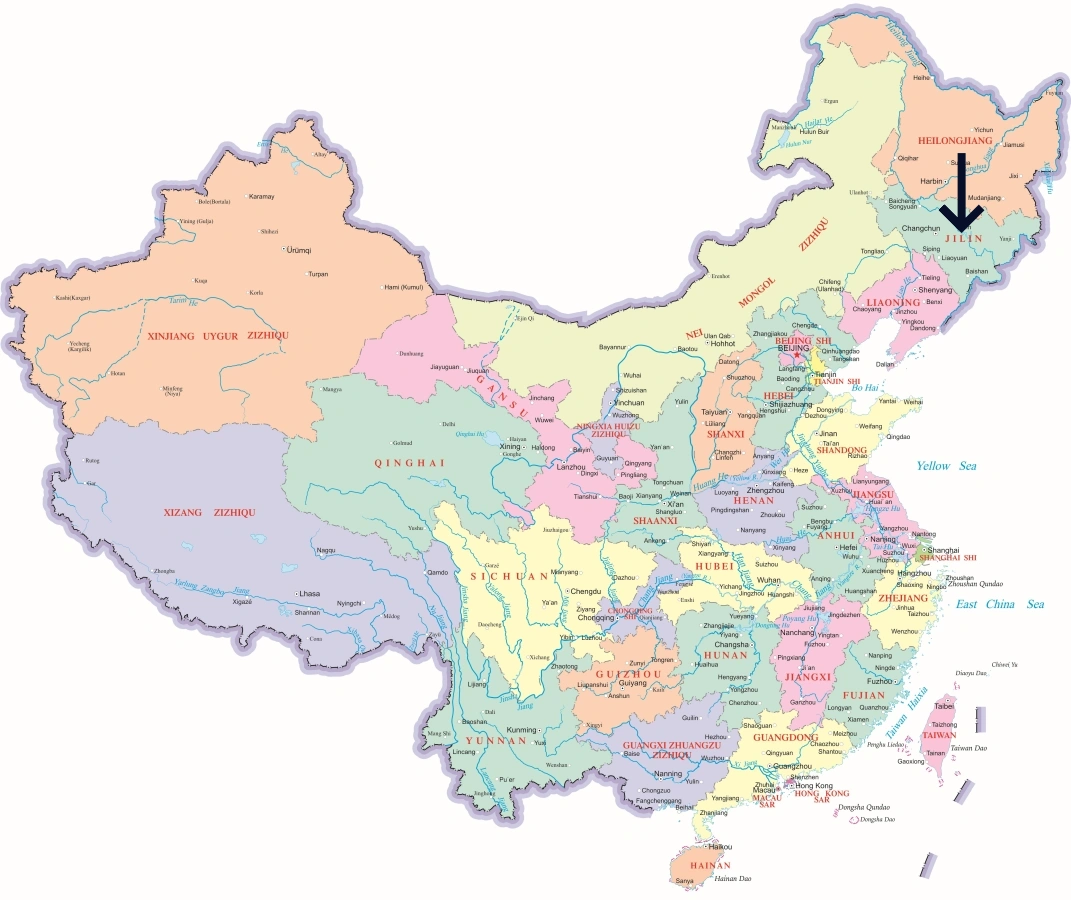
Jilin Province includes eight prefecture-level cities and one autonomous prefecture. Each area highlights its own history, culture, and natural appeal. Whether you’re into snow adventures, cultural experiences, or forest getaways, Jilin will not disappoint.
While Changchun, Jilin City, and Yanbian are the most visited, lesser-known destinations like Songyuan, Siping, Tonghua, Baishan, Baicheng, and Liaoyuan also offer rewarding experiences for curious travelers.
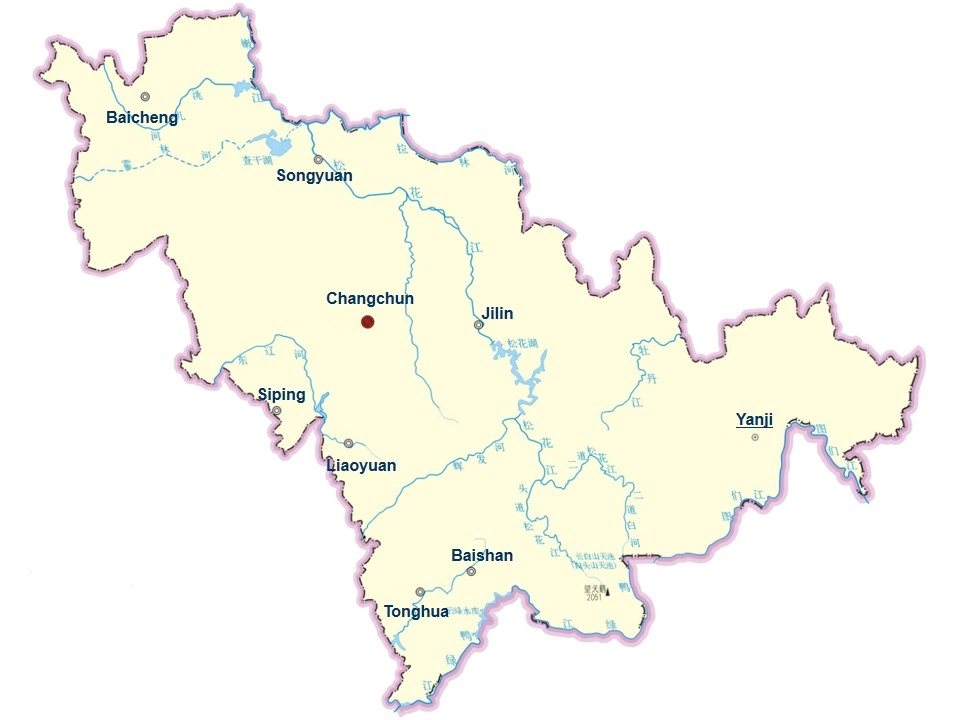

As the provincial capital, Changchun was once the capital of the puppet Manchukuo during the Japanese occupation. It’s often referred to as the "Detroit of the East" for its strong auto manufacturing base. Notable attractions include the Puppet Emperor’s Palace, First Auto Museum, and the Changchun Film Studio.
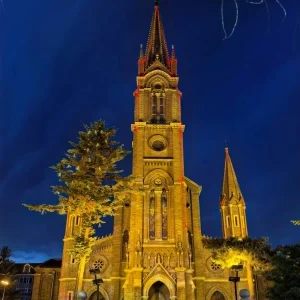
Best known for the spectacular rime (hoarfrost) on trees during the winter months, Jilin City is a picturesque destination along the Songhua River. It’s also home to Beishan Park and the Meteorite Museum.
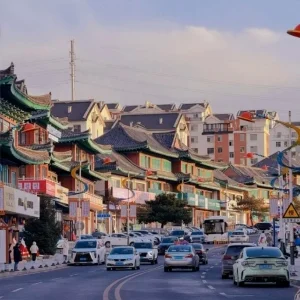
Yanbian is China’s largest Korean ethnic community, centered around Yanji. It’s also the main access point to the famed Changbai Mountain. Visitors can explore authentic Korean cuisine and customs.
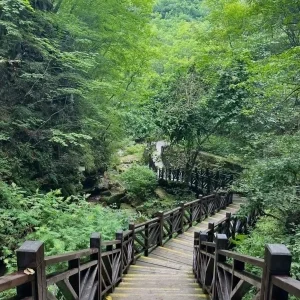
This “mountain city” is known for its traditional Chinese medicine, especially ginseng. With rolling hills and clear rivers, Tonghua offers a peaceful escape and wellness-focused travel.
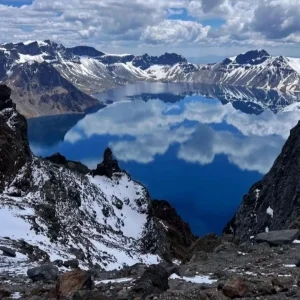
Baishan is the gateway to Changbai Mountain, one of China’s top natural wonders. Attractions include Heavenly Lake, the volcanic waterfall, and lush forested hiking trails.
Jilin offers a wealth of natural beauty and ethnic flavor. From volcanic lakes to ethnic markets, from ski slopes to rime-covered forests, there’s something special in every season. Whether you’re a nature lover, a winter sports enthusiast, or a cultural explorer, Jilin has you covered.
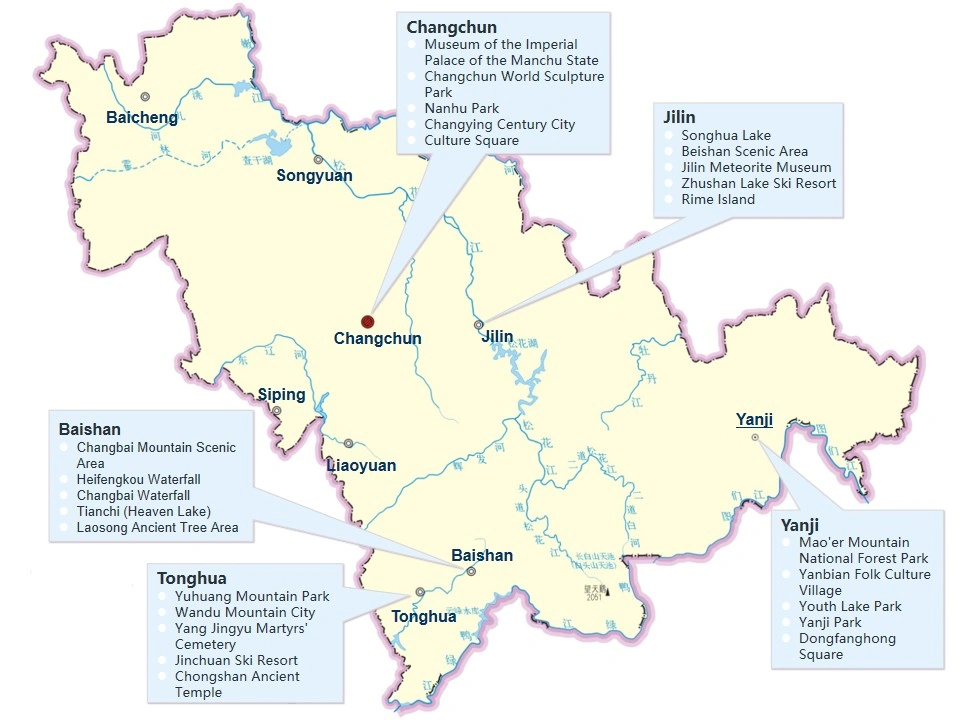
-300x300.webp)
This crater lake straddles the border between China and North Korea. With pristine water, snow-capped peaks, and incredible altitude views, it’s a bucket-list destination.
-300x300.webp)
In winter, moisture from the Songhua River creates stunning natural frost sculptures on trees. It’s a dreamlike scene, especially at sunrise.
-300x300.webp)
Former residence of Puyi, the last emperor of China during the Manchukuo period. The palace complex reflects a dark yet fascinating piece of history.
-300x300.webp)
A mix of natural beauty and religious architecture, this park features temples, pagodas, and tranquil lakes.
-300x300.webp)
China’s first film production base. The museum highlights the golden age of Chinese cinema.
-300x300.webp)
A vast freshwater lake famous for traditional Mongolian winter fishing. The annual winter fishing festival is a unique cultural event.
-300x300.webp)
A bustling local market offering authentic Korean snacks, handmade crafts, and a lively atmosphere rooted in minority culture.
Food in Jilin reflects both hearty Northeastern Chinese tastes and lighter Korean influences. Stews, pickled dishes, and grilled meats dominate menus. Every city offers local specialties that warm the stomach—perfect for the region’s long winters.
-300x300.webp)
A traditional Korean-Chinese fusion dish, especially popular during winter. Believed to provide warmth and stamina.
-300x300.webp)
Large pork bones simmered until the meat is tender and flavorful. Served with dipping sauce and steamed buns.
-300x300.webp)
Made with buckwheat noodles in a chilled broth, topped with vegetables and boiled egg. Perfect for hot summer days.
-300x300.webp)
A rich, savory dish combining boiled pork slices and rice-filled blood sausages, served with tangy garlic dip.
-300x300.webp)
Using locally grown ginseng and free-range chicken, this soup is both nourishing and delicious.
-300x300.webp)
A classic winter dish in Northeast China. Pickled cabbage and fatty pork slices simmered together for hours.
Size and Demographics of Major Cities
Note: These population figures are estimates based on recent data and may vary slightly depending on census year.
Best time to visit is from June to October, when temperatures are pleasant and the scenery is at its best. Winter is ideal for snow sports and photography.

 English (US)
English (US)